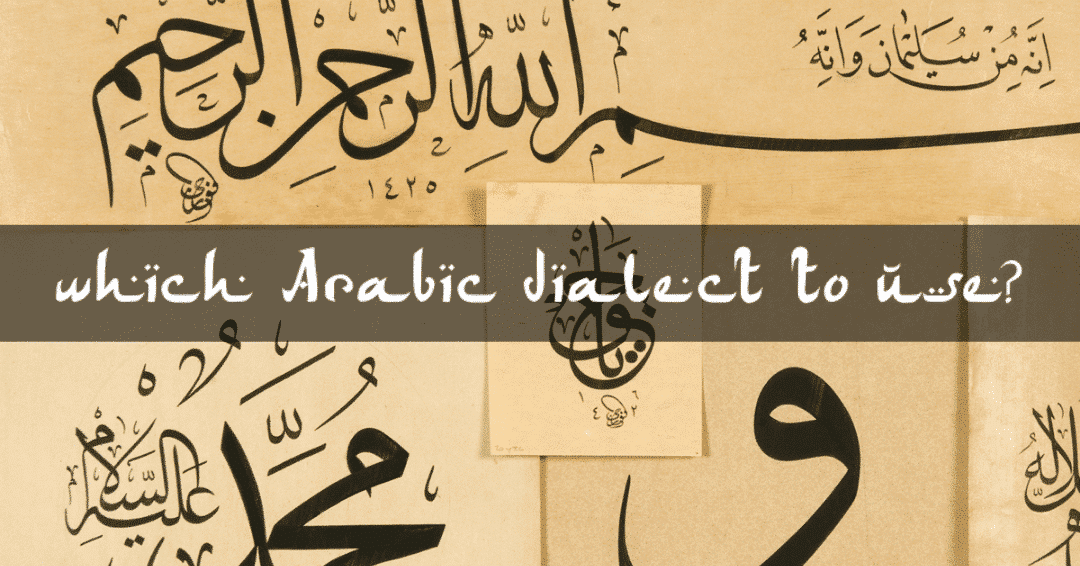Selecting the right voice for your project can be a challenge, especially if you’re looking for a voice in a language that is unfamiliar to you.
Arabic, one of the toughest languages to find a voice for because it’s so varied.
There are over 400 million Arabic speakers around the world and it is mainly spoken in the regions of the Middle East, the Arabian Peninsula, and parts of North Africa.
Arabic is among the fastest-growing languages today – its speakers have tripled in the last century! Indeed, the growth of the Arabic language boils down to the flourishing bio-economy of the Middle East.
English, however, is not very popular in the Arab-speaking world. Thus, Arabic remains the language of business, and it seems this will not change anytime soon.
The Arabic language has several dialects. Selecting the best dialect to reach your audience and finding the voiceover artist with the perfect accent can be challenging.
So, a good start would be reading our guide on how to overcome the challenges of the Arabic voiceover and which Arabic dialect to use!
Arabic dialects in the World Today
Over 422 million people speak Arabic, making it the 5th most spoken language in the world.
Originating in the 4th century, Arabic has eventually become popular. Today, it is well-known as the language of the Middle East. It is an official language in 25 countries, and there are huge Arabic diasporas in West Africa, South America, and Europe.
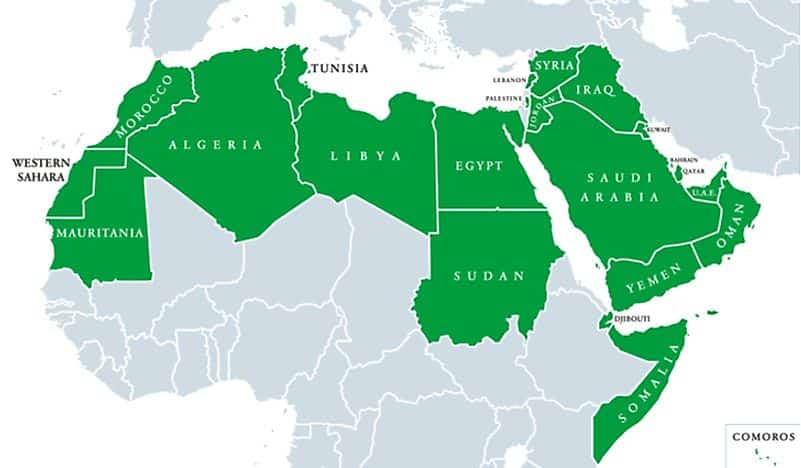
Undeniably, Arabic has a longer history than most languages. What’s more, spoken in various locales across the globe. In fact, both of these occurrences have greatly contributed to the emergence of its dialects.
Also Read: What Are The Main Languages Spoken In The Middle East?
The Dialects of the Arabic Language
There are over 30 Arabic dialects and most of them are not mutually intelligible. Some organizations such as Ethnologue and the International Organization for Standardization even consider them different languages.
This linguistic variety poses a great challenge for Arabic voiceovers. Since there are plenty of Arabic dialects, choosing the right one can seem like mission impossible.
The Arabic language is the third most important language for global business. It is also the business language in the Middle East.
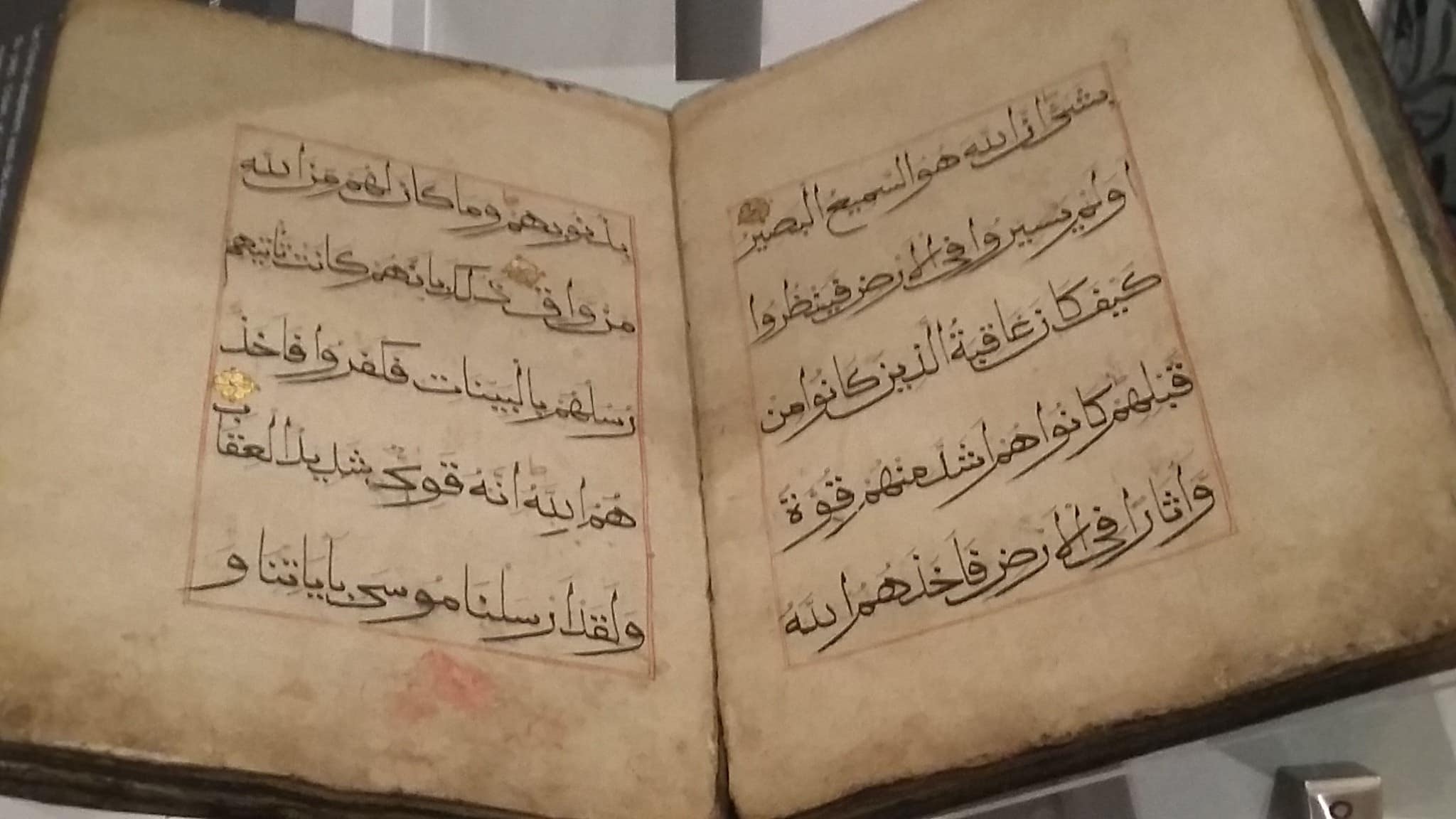
Besides its influence on the global economy, Arabic is the language of the Qur’an, making it the primary means of communication in the Muslim world.
Also Read: 10 Reasons Why Arabic Is An Incredibly Interesting Language
The Accents of the Arabic Dialects
Besides the differences between the Arabic dialects, interestingly, there are certain variations even with the same dialect. There are different accents of the same variety.
For instance, in Egypt, the most spoken Arabic dialect is the Egyptian Arabic dialect.
For instance, the Egyptian Arabic spoken in Cairo differs from the Egyptian Arabic spoken in the rest of the country. This is because there are different accents of Egyptian Arabic.
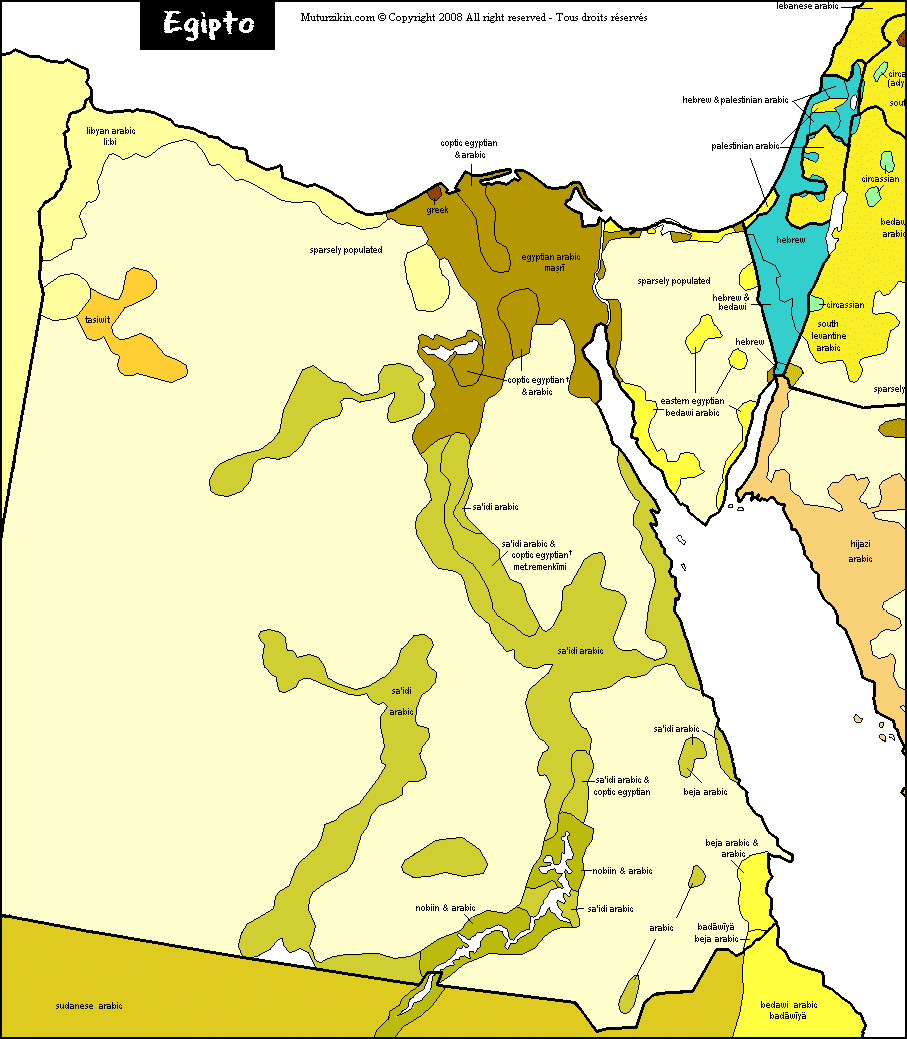
Also read: How Do ELearning Videos Benefit From Multilingual Subtitles?
While accents add to the linguistic variety of the Arabic language, they can also hinder communication between speakers of the same dialect.
In fact, accents are yet another key element you have to take into consideration when doing an Arabic voiceover for your project.
History of the Arabic Language and Its Dialects
Arabic has its origins from the Nabataean Aramaic script that dates back to the 4th century. The Qur’an, the Holy Book of Islam, is the earliest written record of the Arabic language.
Initially, the so-called Classical Arabic was the norm. It was the most spoken Arabic dialect until the 8th century when Arabic speakers moved to new territories as far as Africa.
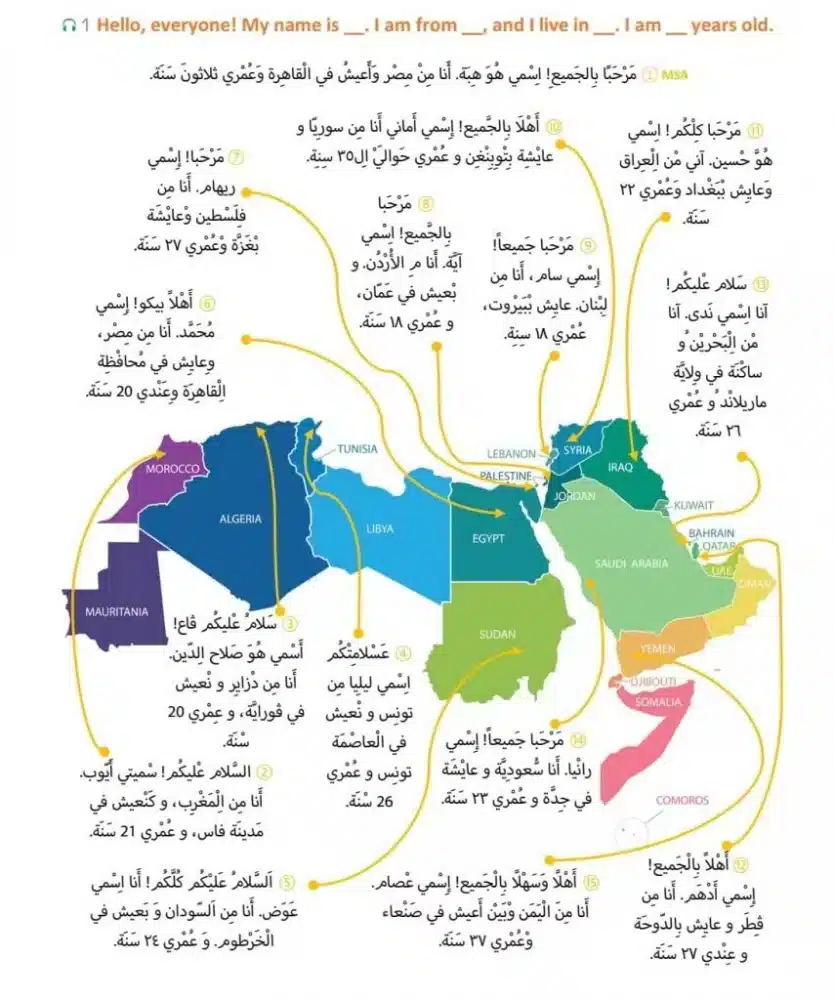
As they settled, the Classical Arabic they spoke began to adapt to new environments over time. Words got borrowed from the local languages, while some Arabic words became extinct since they were no longer needed. New words got invented to accommodate the needs of the speakers.
These linguistic changes occurred independently and simultaneously in various locales. This is why today, some Arabic dialects share plenty of similar features, while others sound like different languages.
Translation Challenges of the Arabic Language
While the greatest challenge of the Arabic language remains its linguistic diversity and the existence of numerous dialects, this language poses a few other challenges such as:
- Terminology: Since French and English are the languages of all sciences, sometimes it’s incredibly hard to find the corresponding terminology in the Arabic language.
- Capitalization: Unlike most European languages, Arabic does not use capital letters for names or at the beginning of a sentence. This, in turn, might confuse inexperienced translators to comprehend the meaning of a text.
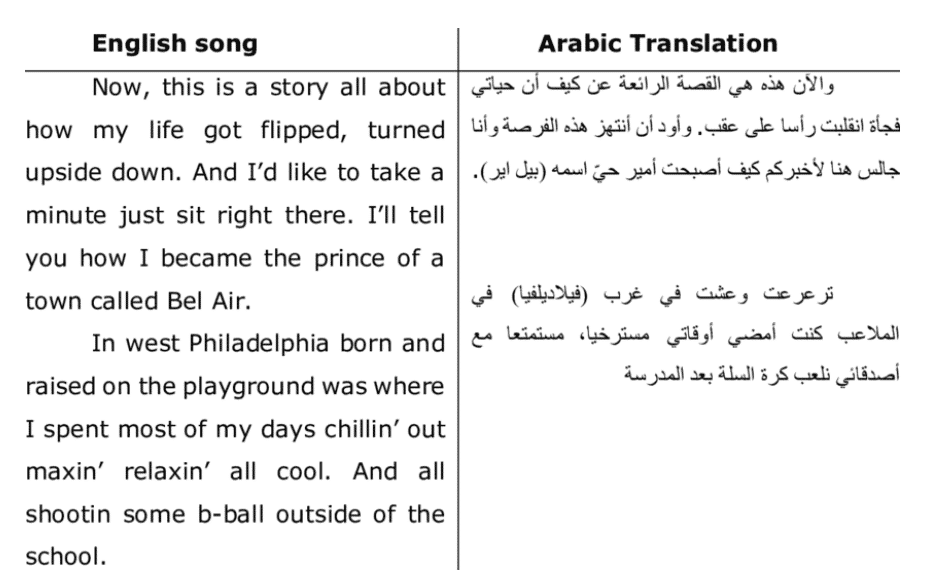
Also read: Subtitles vs Closed Captions: Everything You Need To Know
- Names: The Arabic language contains sounds that do not exist in most other languages. Thus, translating the names of people or locations is incredibly hard. Only well-trained and experienced translators know which Arabic sounds to combine in order to produce an equivalent to a certain foreign name.
- Right-to-Left language: As an RTL language, Arabic poses great challenges, especially when translating from or to LTR languages, such as English.
- Figurative and poetic language: Arabic uses a lot of idioms, metaphors, similes, and other figurative devices to express concepts and ideas. Thus, the literal translation is not an option. In fact, a good translator should be capable of deciphering the hidden messages behind the figurative languages and expressing them in the target languages.
Clearly, a high level of expertise and years of experience are essential for overcoming the translation challenges that the Arabic language creates.
Regional Varieties of the Arabic language & Which Arabic Dialect to Choose
Let’s look at some standardized Arabic dialects so that you could easily select the right one for your needs.
Egypt is the country with the most native Arabic speakers. Up to 93% of the total population (around 94 million people) speak Arabic. This local dialect is Egyptian Arabic and is spoken in regions outside of Egypt such as Iraq, Israel, Kuwait, Libya, Saudi Arabia, Jordan, UAE, and Yemen. It is highly influential in the media sphere.
Note: Egypt was the first Arabic-speaking country to introduce television and radio. Later on, it was the first country to export movies and songs. Ever since the Egyptian entertainment industry has established itself on the Arabic-speaking market. As a result, the Egyptian dialect has long been used for TV, radio, and music in the Arab-speaking world.
The most popular Arabic variety is Maghreb Arabic in Northwestern African countries such as Morocco, Tunisia, Algeria, and Libya. There are a total of 70 million Maghreb speakers.
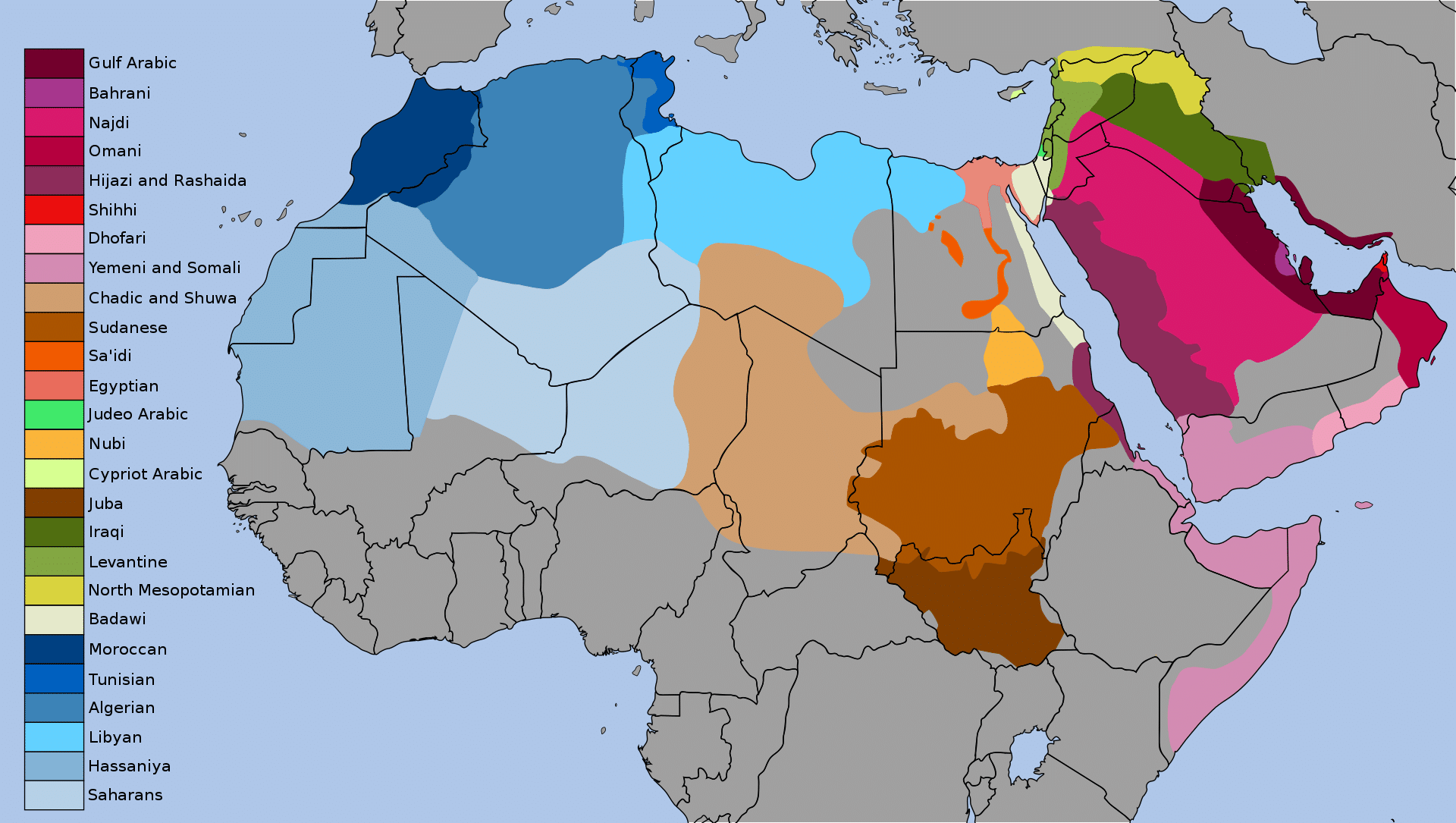
The Mesopotamian Arabic, also known as Iraqi Arabic, is spoken by 32 million people in eastern Syria and Iraq.
The Levant region is home to the Levantine Arabic. This variety is spoken in most of Syria, Palestine, Jordan, and Lebanon. This dialect can also hear in Turkey and Cyprus. Overall, there are nearly 21 million Levantine speakers in the world.
Certain parts of Cyprus and Turkey also speak Levantine Arabic. There are a total of 20-21 million speakers.
Note: In recent years, the Lebanese dialect used in music since the entertainment industry in the country has been quite successful.
In Sudan and parts of southern Egypt, Sudanese Arabic is spoken. Its speakers are estimated to be around 17 million.
While Gulf Arabic is spoken by only 5 million people, this Arabic dialect can be heard almost everywhere in the Arab-speaking world – the Persian Gulf, Qatar, the UAE, Kuwait, Bahrain, and parts of Saudi Arabia. Due to the economic power of these countries, the Gulf Arabic has gained considerable influence, especially when it comes to business.
These are the most influential dialects of the Arabic language. And while there are several other spoken varieties, due to their limited number of speakers, we will not be discussing them here.
The Arabic dialects of the Middle East
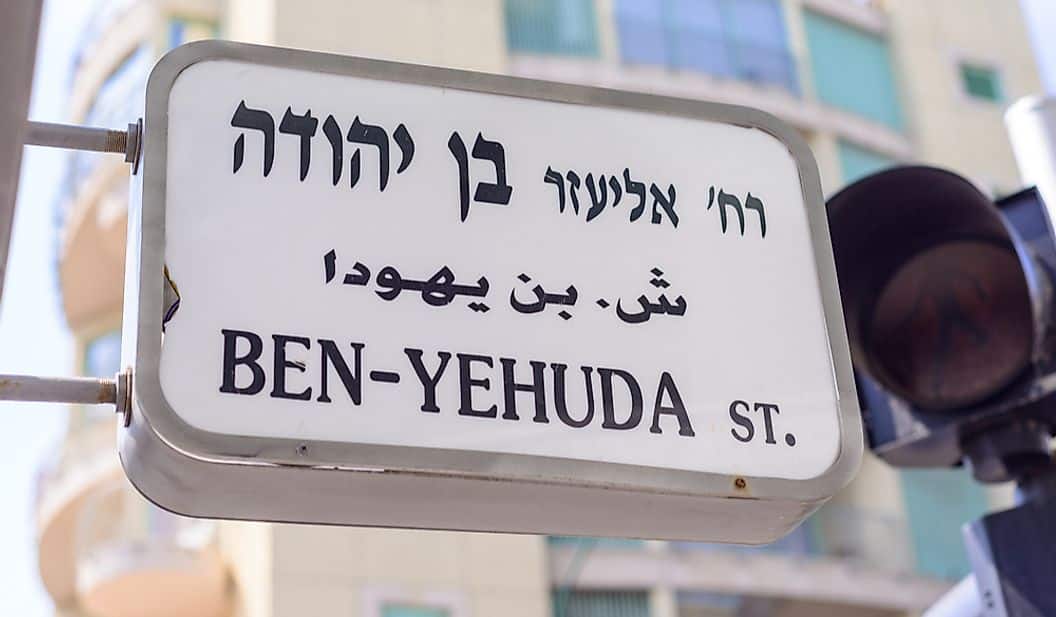
The Middle East is a region that includes most Arab-speaking countries. The primary language spoken in this region is Arabic. As we all know, referring to Arabic as a language is a common misconception since it’s an umbrella term for all Arabic dialects.
So, while Arabic is considered the primary language of communication in the Middle East, other dialects too are spoken in this region.
The most widely spoken Arabic dialects are Egyptian, Gulf Arabic, Yemeni, Syrian, Mashriqi, and Omani, to name a few.
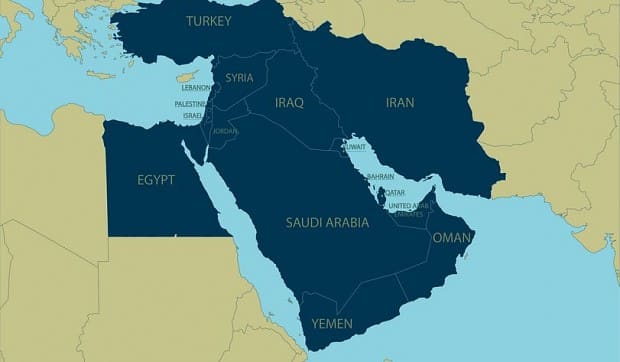
The linguistic diversity of this relatively small region boils down to the fact that it covers huge territories of different countries where they speak various Arabic dialects.
So, if your target locale is in the Middle East region, you will have to either do more thorough research on your target group and the Arabic dialect they speak, or you could simply do voiceovers in a few different Arabic dialects.
Choosing the Right Arabic Dialect
All the Arabic languages we have discussed in the previous sections offer great possibilities for growth. However, how to select the right one for your business?
Here are two main points to consider.
1. Your Target Audience
You are one step closer to overcoming the challenge of the Arabic dialects when you know your target audience.
For instance, if your target locale is countries such as Qatar, Kuwait, and the UAE, the Gulf Arabic would be the best option for you. Yes, it is not so widely spoken, but this is the main variety spoken in these countries.
What’s more, if you work with specific clients, you can also discuss the variety they prefer.
But what if you want to target a bigger audience?
Well, most locals speak Arabic dialects, so even opting for Egyptian Arabic would limit the reach of your content.
So, what would be the best decision for you in this case? Keep reading because we might have a solution for you!
2. Your Content
You should keep in mind that Arabic dialects are not only written but also spoken. What’s more, most dialects are informal, more colloquial settings.
If you want to set a more friendly and informal tone for your content, then opting for a dialect is the way to go.
But what about more formal content and settings?

As you can see, choosing a single Arabic dialect for your content and audience might not be the right option for your business. Selecting a single Arabic dialect, especially if it is not so widely spoken, means limiting the reach of your message.
However, there might be a solution to this challenge – Standard Arabic.
Modern Standard Arabic as the Solution of the Challenges of Arabic Voice Overs
Modern Standard Arabic (MSA), standardized across the Arab-speaking world.
MSA, based on Classical Arabic, in which the Qur’an is written. Some experts argue that Classical Arabic and MSA refer to the same language. However, the statement is quite controversial so we won’t dig into it.

MSA taught at schools in most Arab-speaking countries. This is also the variety that learners with Arabic as their second language advised to learn.
The popularity and influence of the MSA render it the perfect solution to the challenges of the Arabic dialects, doesn’t it?
Well, not really.
While MSA is perfect for doing voiceovers of formal content such as official documents and reports, political or corporate messages, or E-Learning platforms, it is a no-go when it comes to marketing and any content with a more personalized touch to it.
Also Read: eLearning Translation services: How to make learning international?
MSA is strictly limited to formal settings – you will never hear people communicating in it.
Thus, MSA cannot be the solution to the challenges of voiceovers in Arabic. It is simply a variety as any other dialect we have previously discussed.
Finding the Right Voiceover Artist
Okay, we have been discussing Arabic dialects for quite some time. I assume you already have a pretty good idea about which dialect would be best for your needs.
Now we can move on to the next step – finding the right voiceover artist.

While most Arabic voiceover artists speak MSA, they know at least one other Arabic dialect. And since most Arabic dialects are used in informal, colloquial situations, it is best to choose an artist that has lived in the region where the dialect you have chosen is widely spoken.
In this way, you can be sure that they will produce quality voiceovers that sound thoroughly authentic.
You also have to take into consideration their accent – is it widely spoken and to what extent is it mutually intelligible with the other accents of the chosen Arabic dialect. You have to do your research in advance since some dialects have various accents.
Doing your voiceover in an accent that gets understood by only a few Arabic speakers will limit the reach of your message.
Thus, opting for an Arabic accent, such as the Cairene Arabic (or Northern Egyptian) accent, widely spoken and understood by most Arabic speakers, would be the best option for your voiceover project.
Finding the right Arabic voiceover artist can take you longer than expected, but do not give up. The quality of their work determines your success, so invest as much time as needed to find the best Arabic voiceover artists out there!
Also Read: 7 Reasons To Work With a Translation Company on Your Next Project
In conclusion
While the beauty of the Arabic language lies in its linguistic diversity, it is also the biggest challenge when it comes to doing voiceovers in Arabic. It is indeed an intimidating process. However, by following our guide you will do the job in no time! What’s more, you will be more than pleased with the results!

